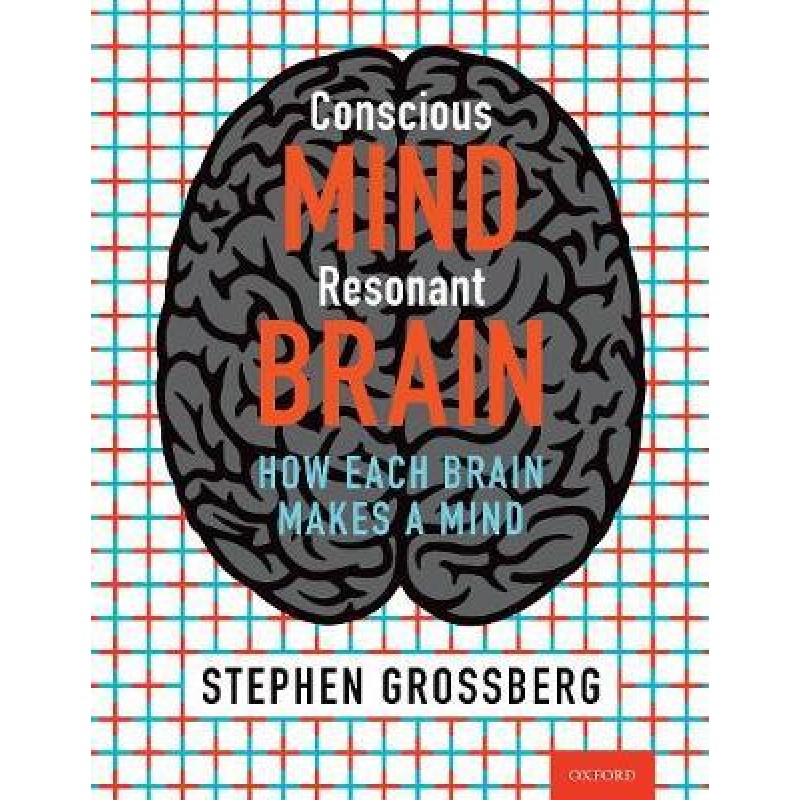Conscious Mind, Resonant Brain
- ISBN: 9780190070557
- Εκδότης: Oxford University Press
- Σελίδες: 800
- Διαστάσεις: 27x21
- Έτος Έκδοσης: 2021
35,00€
Χωρίς ΦΠΑ: 33,02€



